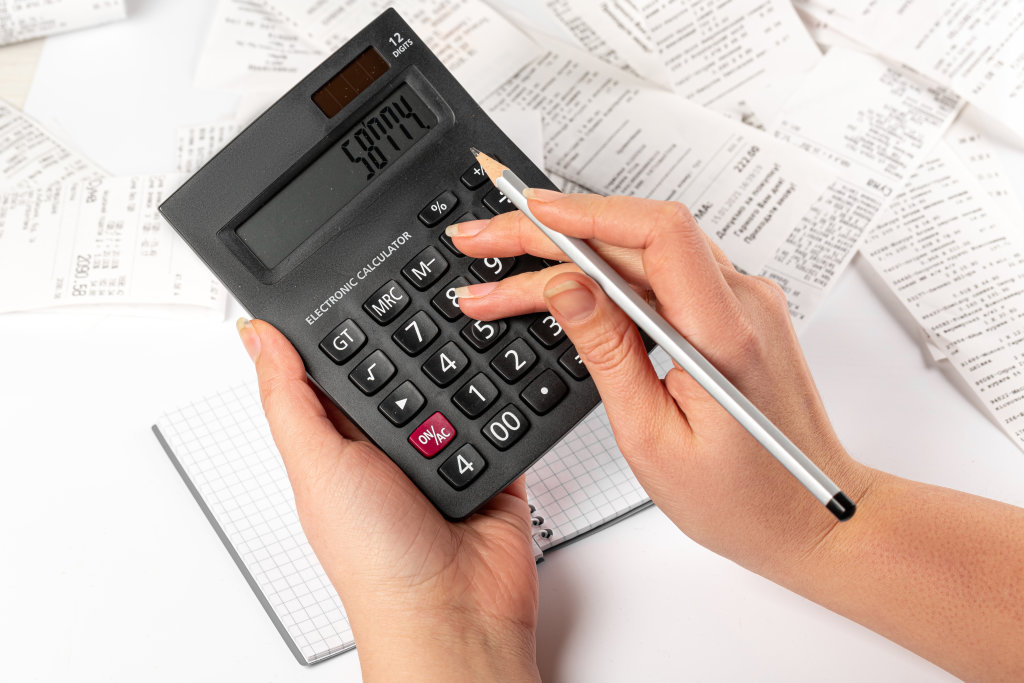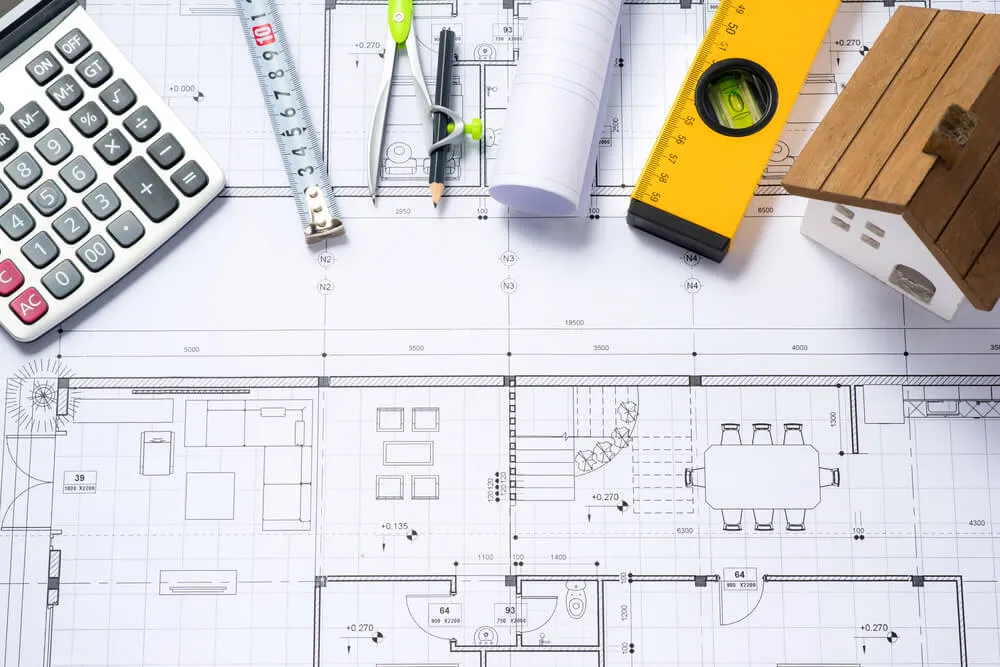The Future of Quantity Surveying

21st February, 2020
In the past 50 years the profession has progressed at a rate that would have been unimaginable in 1970. Secretaries furiously tapping the keys of typewriters, the blotter in the corner slowly printing one A0 drawing every hour, QS’s armed with scale rulers measuring off large A0 drawings on a single desk taking up the entire room, scribbling their dimensions onto take-off paper for the secretary to type up.
Fast forward 50 years and the comparison is astounding. Computers in the place of typewriters, the room dominated by Surveyors rather than secretaries, younger members of the office unsure what a scale ruler is working on a small desk preparing their take-off using on-screen software. This advancement has seen the complexity of construction evolve to a new level, the speed of measurement tripling and the amount of human error reduced to almost nil.
So, how much further can the industry really go?
BIM
BIM has been redefining the quantity surveying landscape for much of the last decade. Initially introduced as a tool that would be the death of the profession, BIM has been used to automate much of the day to day tasks of a Quantity Surveyor. Where manual take off with a scale rule and take-off paper was required as recently as 20 years ago, the click of button can now provide the square meterage of brick, the square cube of concrete etc. BIM has facilitated automated measurement and on-screen take-offs increasing the accuracy and speed of the measurement process for a Quantity Surveyor.
BIM itself has progressed massively since its inception. 3D-BIM was ground breaking when it first enter the industry. It enabled the presentation of drawings and information in a comprehensive 3-D model. Each member of the design team could import their information and draw on the 3-D model. Previously, each member of the design team would only have their own separate 2-D drawings. Whilst in reality these 2-D drawings are still produced, it is the 3-D model which provides the ‘next level’ of information to a Quantity Surveyor. The end result is one 3-D model with all architectural, structural, mechanical, electrical, fire safety information in layers as shown below.

4-D BIM progressed the 3-D model further by overlapping the construction programme with the model allowing a visual representation of the project being built. The Quantity Surveyor is able to see roughly where the project should be at week 4 for the first valuation, week 16 for the fourth valuation etc.

4-D BIM then paved the way for 5-D BIM, an application designed specifically for Quantity Surveyors to automate some of their processes from the 3-D and 4-D stages. 5-D BIM facilitated the ability to insert cost information into the 3-D model. This also correlated with 4-D BIM to automatically prepare monthly valuations, cashflow forecasts for clients, cost reporting on a project etc.
The 6D BIM model is prepared for the owner of the building. An “As-Built” BIM model is populated with relevant building component information such as product data and details, maintenance/operation manuals, cut sheet specifications, photos, warranty data, web links to product online sources, manufacturer information and contacts, etc.
There will be future progressions of BIM to further assist the role of Quantity Surveyors. Perhaps in the realm of Artificial Intelligence, a concept now coming to the fore in most industries around the world.
Artificial Intelligence
Artificial intelligence is defined as machine learning to mimic human intelligence. The computer learns how to respond to certain actions, so it uses algorithms and historical data to create something called a propensity model. Propensity models will then start making predictions based on previous actions to carry out tasks with extreme accuracy. There is almost no doubt that this next wave of technology will grace the QS world at some stage in the not too distant future, with undoubtably more doomsday predictions about the end of Quantity Surveyors as was the case with BIM.
‘AI’ could potentially automatically carry out a take off of materials with accurate descriptions in a Bill of Quantities, or perhaps be used to automatically highlight problems on jobs before they arise using historical data. The sky is the limit with Artificial Intelligence.
Software
New software is constantly being developed to improve the way a Quantity Surveyor works.
A lot of different software has been created to carry out similar functions, such as 2-D measurement. This software hasn’t changed much in the past 10 years, the market has a lot more choice on which brand to use to measure. Software systems such as a Causeway and Bluebeam are downloaded onto PC’s, but a great addition to this market in the past year has been the emergence of cloud based online take-off software. The advantage of this being you can access and use your software from any PC anywhere in the world, with all your projects automatically available.
Software is likely to keep developing as computers and projects become more complex. The market has a real shortage of 3-D take off software and the labour force of QS’s has a real shortage of expertise in using these. The Quantity Surveyor must continue to evolve and embrace new software to make their jobs quicker and easier.




